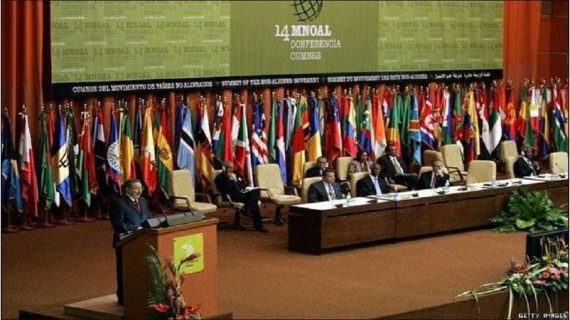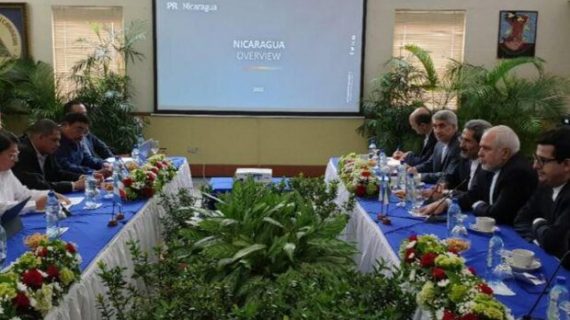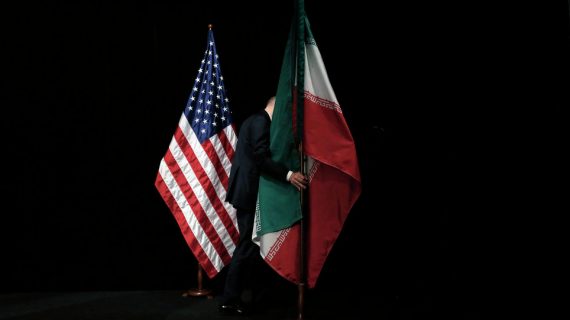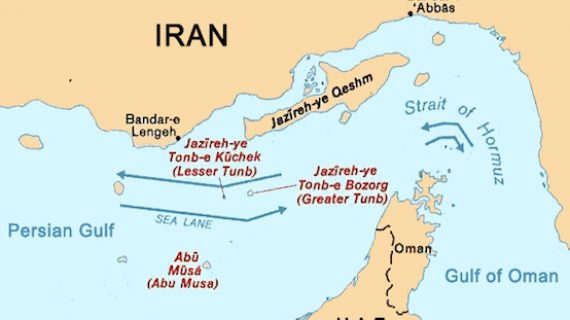Revised Rules for Private Bank Ownership Ratified
Reported by HPMM Group according to FINANCIAL TRIBUNE ; Lawmakers have revised regulations for the ownership of non-governmental banks and credit institutions, which will remove ambiguities surrounding the ownership of these entities in the past.
According to ICANA, the official news agency of the Iranian Parliament, privatized banks and credit institutions henceforth can only be set up as publicly traded companies.
According to the measure that will replace an article of the law related to Article 44 of the Iranian Constitution, owners will be allowed to acquire shares in banks by only up to 10%, which will automatically come into force without any need for authorization from the Central Bank of Iran.
“However, the ownership of more shares, say up to 20%, more than 20% and up to 33%, will be allowed only after getting a permit from the Central Bank of Iran through a procedure defined by the Money and Credit Council,” the new regulation states.
Another section of the law allows CBI to annul any ownership of banks exceeding 10%.
Three major public banks divested their shares after the privatization process gathered momentum in the mid-2000s when the Leader of Islamic Revolution Ayatollah Seyyed Ali Khamenei issued a decree, expounding the Iranian Constitution’s Article 44 and recognizing the private sector as an integral part of the Iranian economy.
The trend received fresh impetus when other private banks were created with a green light from the central bank.
The amended regulations come, after Iran struggled to put behind the recent chaos created by uncertified financial and credit institutions.
These institutions used to hold more than a quarter of the country’s liquidity but following the intensified efforts of the administration of President Hassan Rouhani and CBI, their influence waned as the regulator pursued their elimination.
They had started out as tiny cooperatives in the 1990s and snowballed into huge quasi-lenders. Their owners and shareholders, who had poor knowledge of banking practices, ended up bankrupt.
Another aspect of the opaque ownership of these banks showed itself in difficulties in bringing charges against people responsible for their failure.
In a report in February, Majlis Research Center, the parliamentary think tank, attributed the problem of shadow banks to a complicated chain of events going back to the past decades.
At the top of its recommendations, the body called on CBI to enhance its supervisory role and establish its authority as the financial market’s sole regulator.
More Reforms
As part of banking reforms, a wave of mergers and acquisitions is also taking place in Iran’s banking industry by targeting banks and credit institutions affiliated with military organizations to create a single, efficient bank.
CBI has also ceased issuing permits and licenses for new private banks or commercial lenders.
In January, President Rouhani announced that he had instructed the central bank not to issue any permits for new private banks.
“We’re determined to solve the problem facing depositors at financial credit institutions, which has affected two to three million families,” he said at the time.
CBI has also notified Basel III principles on corporate governance to Iranian private banks and credit institutions, as part of the regulator’s mandate to incorporate global standards.
The Basel Committee guidelines include principles concerning risk identification, monitoring and controlling, risk management and communication, disclosure and transparency, the board’s responsibilities, structure and practices, senior management, governance of group structures, compliance with standards, internal audit, compensation and the role of supervisors.







